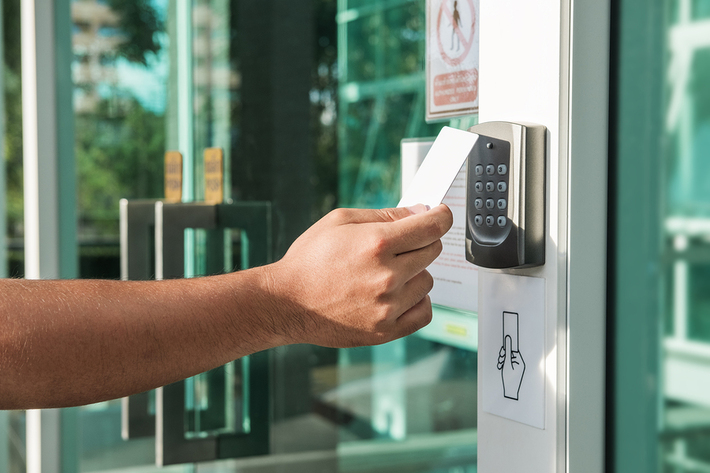The 24 Hour Key Card: Is It Right for Your Fitness Business?
Today's consumers are used to getting what they want when they want it. One strategy many gyms are adopting when it comes to giving it to them? The move to a 24-hour model. Wondering whether this is right for your business? Here’s a closer look at everything forward-thinking fitness business owners need to know about around-the-clock key card clubs.
About the 24-Hour Fitness Model
On the surface: 24-hour gyms are exactly what they sound like: Gyms that are open to their members at any time of day. While it may sound like it would cost more to keep a facility open for these extended hours, the reality is that this business model can actually be a win-win for gyms and their members because in lengthening operating hours, these businesses are also cutting back in other areas. In other words, while members have access to the gym whenever they want, they may not have access to certain services and programs they might find at a full-service gym with limited hours.
This can be an attractive setup for fitness businesses for several reasons. Between the smaller footprint of many 24/7 gyms, reduced services, and fewer staffing demands, 24/7 clubs are often easier and cheaper to operate. And they offer huge growth potential, according to Ezypay chief executive Trent Brown, who told SmartCompany, “The fitness industry is in transition, and is being disrupted by the move to low-cost clubs. As a consequence of that, it’s actually seeing a lot of growth, princely being led by the 24-hour franchise model clubs...Large, premium chains are struggling in this marketplace, whereas [others] are growing very, very strongly. That’s why you’re seeing clubs turn to the 24-hour model. It almost gives them permission to change their business model.”
At the same time, the model is not right for everyone. Proposes Premium Performance Training president Karen Woodard-Chavez for Club Industry, “The explosion of 24-hour-access franchised facilities has raised concerns about whether people should be working out in a fitness facility unsupervised, especially late at night. This setup can be a possible liability from the perspective of injury, crime, and abuse. Some states do not allow facilities to operate without an automated external defibrillator or staff on the premises. If these franchise operators decide to do business in these states and an incident occurs, it could change the playing field all over the country. The fact that the facilities are smaller also limits profit potential unless the franchisee opens multiple facilities.”
Do You Know What Your Members Want?
Whether a 24-hour model is right for your fitness business comes down to both your vision for your club as well as your member wants and needs.
When it comes to price and access, 24/7 clubs come out ahead. Explains Woodard-Chavez, “If the consumer does not want court sports or a pool or group fitness classes, then they do not have to pay for them. If the facility is a 24-hour-access facility, then it offers an added measure of convenience for consumers because consumers can use it on their time — not just during limited club hours. For consumers who are not looking for the social value of a club, the 24-hour key-card club facilities offer that alternative for someone who wants to simply exercise and not engage with others.”

In other words, it’s a trade-off. Simply put: Many members are perfectly willing to pay less for less in some areas if it means more in others.
However, this isn’t to say it’s right for all facilities and their members -- particularly those who are looking for more personal connections as part of their exercise experience. “Some consumers don't like the model. Most of the franchised facilities are smaller (2,500 square feet to 15,000 square feet), which means limited facilities, programs and services. Additionally, key-card franchise models have fewer staffed hours of operation, which may be unattractive to newer exercisers who need more instruction and supervision,” continues Woodward-Chavez.
Ultimately, as with all business initiatives, the survival or failure of the 24/7 model rests with one thing: The laws of supply and demand. “The bottom line for all of us as suppliers/club operators of any kind is to constantly evaluate our strengths, weaknesses, opportunities and threats, and to act upon them to be able to not only survive but also to thrive,” concludes Woodard-Chavez. 24-hour fitness models utilize technology in the form of key cards. However, this is just one area in which technology can help you get ahead. Request a demo today to learn more about what Accuro can do for you.




Join the conversation